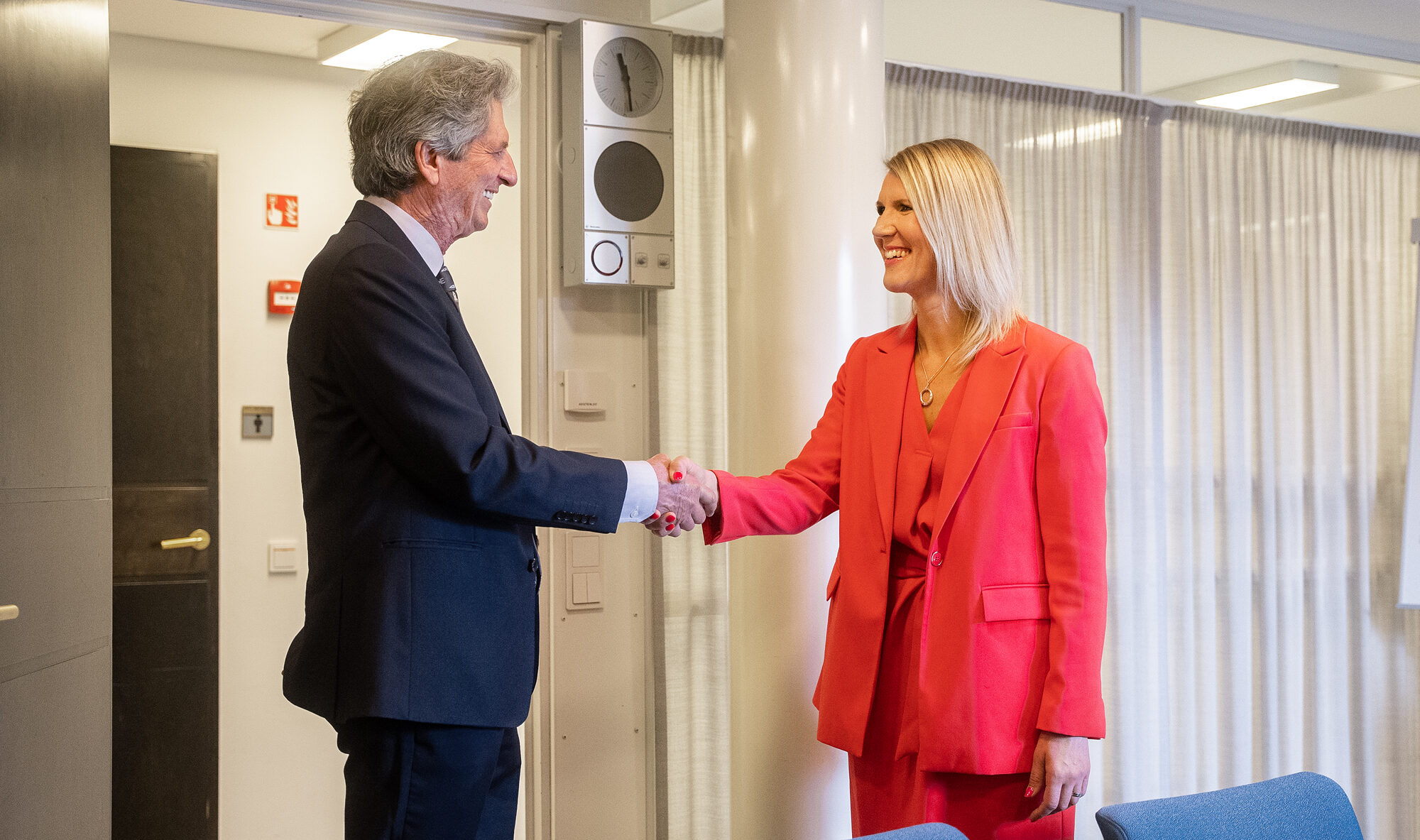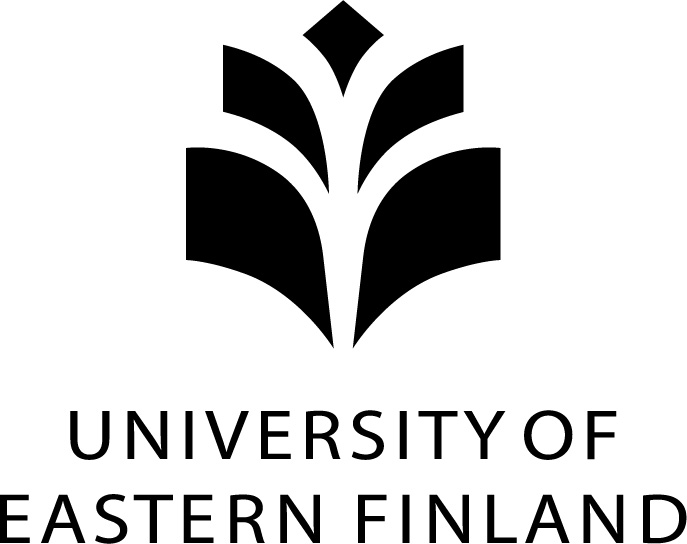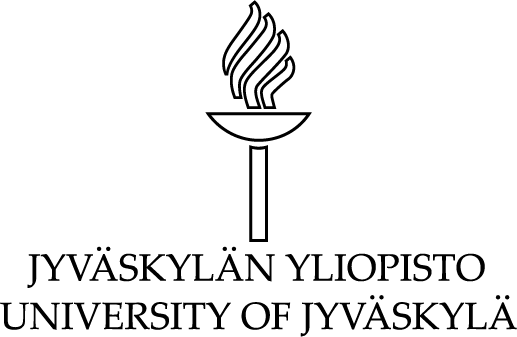Grätzel’s MTP innovation is changing the way we see solar power

Swiss professor of physical chemistry Michael Grätzel received the Millennium Technology Prize in 2010 for the development of dye-sensitised solar cells. These third-generation solar cells, or Grätzel cells, are manufactured from low-cost materials with environmentally friendly methods. They can also be produced without complicated equipment. The cells may be lightweight, transparent and flexible.
Professor Peter Lund from Aalto University is currently developing targets of application for Grätzel cells and the new generation of solar cells that have followed them. Even as large-scale solar panels may still employ the commonly used silicon cells for decades to come, Grätzel cells and their successors, the increasingly efficient perovskite solar cells, will soon see use in a variety of applications.
“We’re developing a new generation of solar cells that can be installed in clothing,” Lund says.
Within a few years, it may be possible to buy coats in which a part of the fabric is in fact comprised of latest-generation solar cells. The new cells are thin and flexible. When sewn into the fabric, they can be used to collect energy to, for example, charge a mobile phone in the coat pocket.
At the Aalto University laboratories, a new generation of cells is also under development for the needs of various sensors. The expanding Internet of Things will multiply the number of small sensors that monitor the environment in every part of daily life. The sensors require energy, but installing wiring and batteries is cumbersome and expensive. Modern, small-scale solar cells are the key to solve this problem.
“The new-generation solar cells are superior to silicon cells in areas with a low amount of light. In some cases, the sensor’s cell may receive sufficient energy from artificial lighting inside the building,” Lund explains.
The third-generation solar cells may also be installed in applications such as prefabricated building elements. As they can be manufactured to be transparent, it is possible to even place electricity-producing solar cell films over windows.


Use of solar power in rapid growth
Silicon cells will continue to see use in larger solar panels for the foreseeable future. The consumption of solar power is now growing extremely rapidly as its cost has fallen. In many places around the world, unsubsidised solar power is already a cheaper alternative to electricity produced with fossil fuels.
As silicon cells are a tried and tested component, they can be used in the manufacture of large quantities of solar panels. The new-generation solar cells are not ready for mass production since they still lack sufficient reliability in large-scale use. However, they can be expected to replace silicon cells in large solar panels within the next few decades. When this happens, the cost of solar power will decrease even further.
In silicon cells, a portion of the light shone onto the cell is absorbed by silicon. The solar energy hitting the silicon frees up electrons and generates electric current. The silicon functions as both the source of electrons and as a conductor for the electric current out of the cell.
To a certain degree, Grätzel cells and perovskite cells are modelled after nature. The operating principle of Grätzel cells imitates photosynthesis, even as it is also fundamentally similar in some ways to traditional silicon cells. In plants, sunlight is absorbed by chlorophyll molecules in leaves and used to convert carbon dioxide and water into oxygen and glucose, the plant’s energy. In a Grätzel cell, the leaf is replaced with a porous layer of titanium oxide nanoparticles, and chlorophyll with a molecular dye covering the nanoparticles.
“The Academy of Finland has been our most important source of funding”, Lund says.
Academy funding also permits more experimentation with new alternatives in comparison with corporate financing, which provides less room for failure and stifles the courage and open-mindedness to try out all possibilities.
According to Lund, much has been accomplished in advancing cell technology at Aalto University with funding provided by the Academy of Finland. Thanks to the funding, Finnish research is now internationally esteemed and at a level that invites cooperation between Aalto University researchers and world-leading teams. For example, researchers at Aalto are currently collaborating with Michael Grätzel’s research group, the original developers of the solar cells. Grätzel’s team is second to none in its field, and the partnership is also beneficial for the advancement of Finnish research.
Text: Visa Noronen
Main photo: Aalto University
The article was published originally in Finnish by the Academy of Finland on their page tietysti.fi as a part of an article series “Quality of Life with Millennium Innovations”.
Read more about Millennium Technology Prize winners
The international Millennium Technology Prize is Finland’s tribute to innovations for a better life and sustainable development. The one-million-euro prize highlights the extensive impacts of science and technological innovations on society, even on humanity at large. The next Millennium Technology Prize will be awarded on 22 May 2018.























